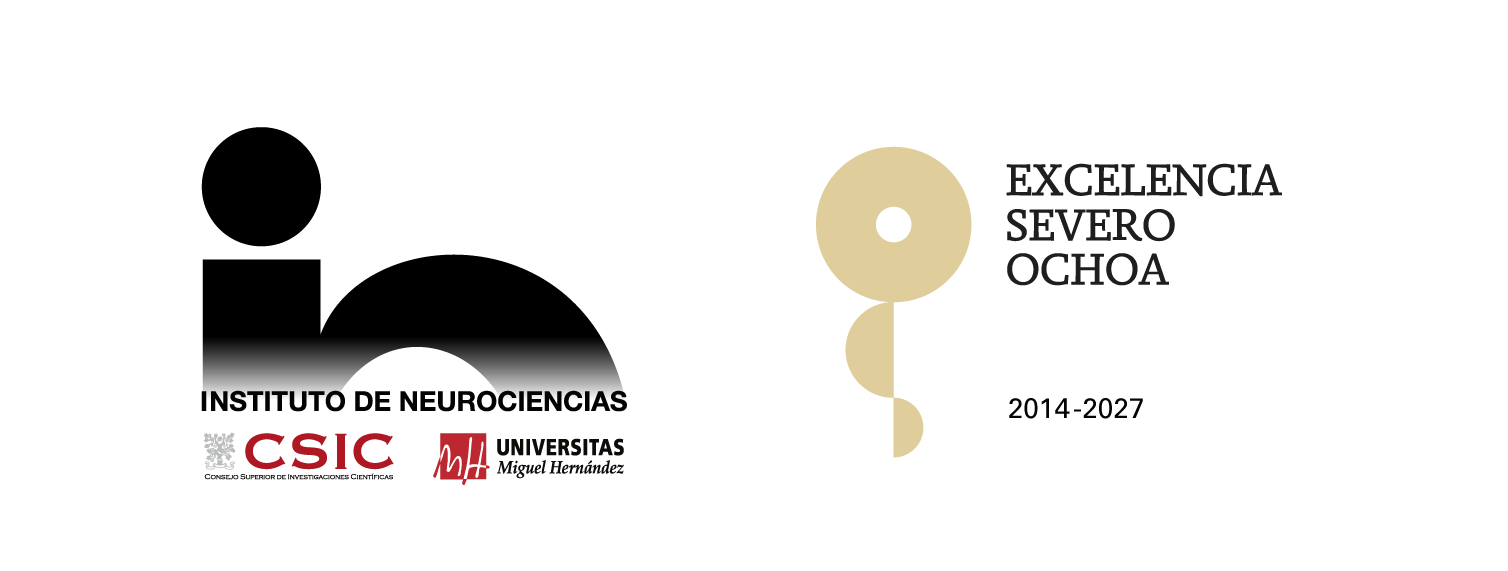2024: The year the Institute for Neurosciences CSIC-UMH celebrated its 25th anniversary
31 de January de 2025
Throughout the year, the Institute for Neurosciences (IN) hosted several events, most notably the celebration of the 25th anniversary of the collaboration agreement that established it as a joint center of the Spanish National Research Council (CSIC) and the Miguel Hernández University (UMH) of Elche. On July 25 and 26, a scientific symposium took place, highlighting the IN's history through presentations by all its directors and various internationally renowned speakers who have been associated with the institute over the years. The symposium concluded with a closing ceremony attended by the Minister of Science, Innovation, and Universities, Diana Morant; the President of the CSIC, Eloísa del Pino; and the Rector of UMH, Juan José Ruiz, along with other dignitaries.
Video: https://youtu.be/2Zs58ltKEO4
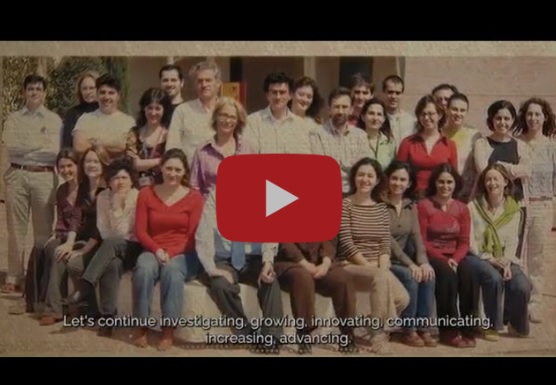
In 2024, a significant event occurred when Ángel Barco, the IN director and scientific coordinator of the current Severo Ochoa project, was officially awarded the third Severo Ochoa Center of Excellence distinction by the Minister of Science, Innovation, and Universities. The Institute for Neurosciences is the only center in the province of Alicante to receive this honor, which it will hold continuously from 2014 to 2027.
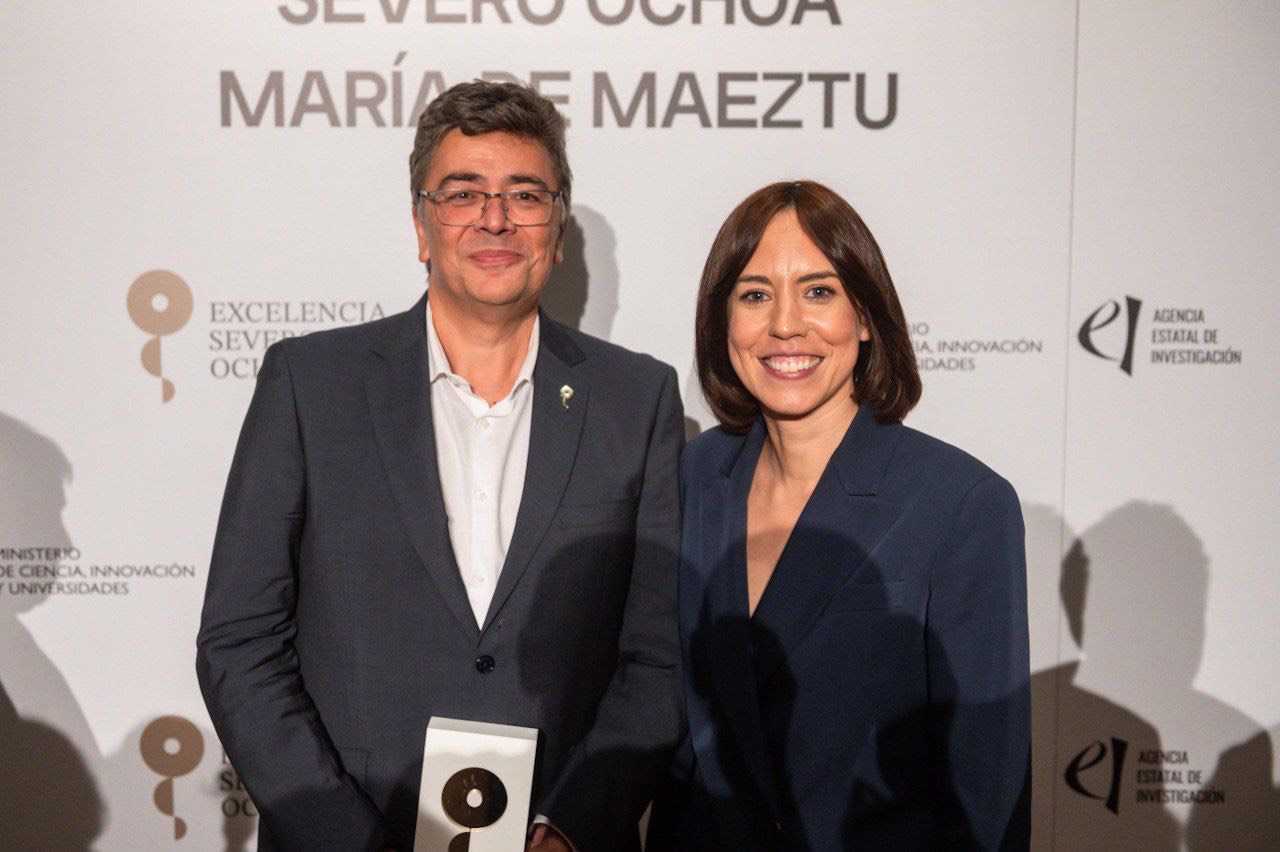
In addition, the research staff at the IN achieved many successes in competitive funding calls, resulting in the launch of new projects that began development throughout 2024. Among these achievements is the grant awarded to Isabel Pérez-Otaño by the National Multiple Sclerosis Society (NMSS) as part of the Pathways to Cure program, which funds innovative therapeutic approaches for treating multiple sclerosis. Other highlights include the collaborative project granted by the Human Frontier Science Program (HFSP) to Félix Viana de la Iglesia to explore the molecular mechanisms underlying cold perception in animals, and the research project awarded to Silvia De Santis by the Pasqual Maragall Researchers Programme of the Pasqual Maragall Foundation to study the role of microglia in Alzheimer’s disease. These accomplishments reflect the dedication of the IN staff to advancing scientific knowledge and addressing critical health issues.
In addition, the IN has welcomed visits from distinguished institutional figures, including the Minister of Science, Innovation, and Universities, Diana Morant; the President of the CSIC, Eloísa del Pino; the Minister for Digital Processing and Civil Service, José Luis Escrivá; as well as members of the board of directors of the Pasqual Maragall Foundation.
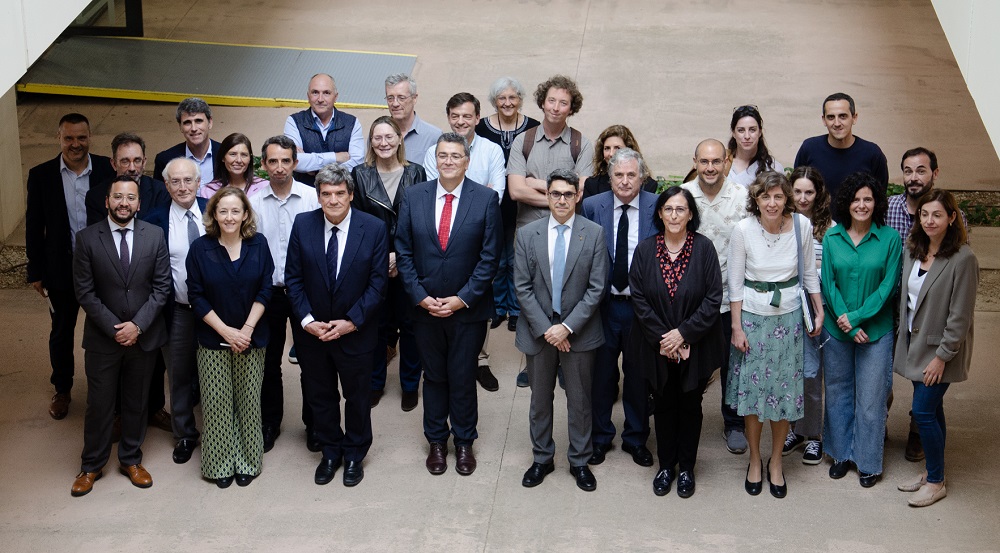
Research Highlights
A study led by Ángela Nieto’s laboratory revealed that cancer cell populations segregate to favor metastasis or antitumour inflammation. This work, published in the journal Nature Cancer, demonstrated that within each tumour, there are groups of cells that receive instructions to spread throughout the body in a malignant manner and other groups of cells responsible for combating the damage caused by the cancerous tumour.
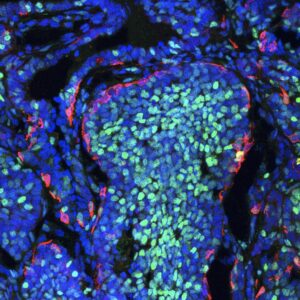
Video: https://youtu.be/6ialla9uvY8
The laboratory led by Ángel Barco determined that the protein Kdm1a plays a crucial role in maintaining neuronal identity. The study, published in the journal Nature Communications, suggested that natural aging in both mice and humans causes the same defects as the absence of the Kdm1a protein.
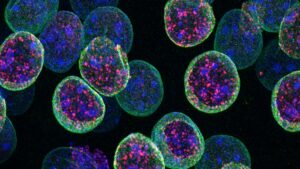
Ver vídeo https://www.youtube.com/watch?v=W4RpRO7JoYo
A study led by Víctor Borrell’s laboratory established that there are many more types of Radial Glial Cells than previously thought and that at least three distinct processes of neuron generation occur in parallel. This work, published in the journal Science Advances, highlighted the complexity of the neurogenesis process through the involvement of parallel lineages.
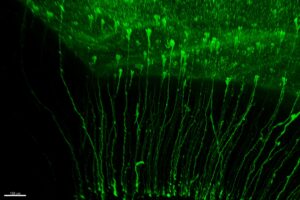
Video: https://youtu.be/N3EKvQId7hY
The journal Alzheimer’s & Dementia: The Journal of the Alzheimer’s Association published a study from the laboratory led by Javier Sáez Valero. The study revealed that, compared to healthy individuals, those with Alzheimer’s disease show a decrease in NMDA receptors at synapses and an increase in extrasynaptic membranes. The team developed a cellular fractionation protocol to determine the distribution of these receptors.
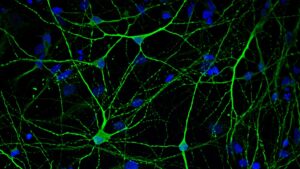
Video: https://youtu.be/Mh9gPSNzKbA
A study co-led by Santiago Canals’ laboratory developed an innovative approach to studying brain connections using functional magnetic resonance imaging (fMRI). In this work, published in the journal Cell Systems, the experts incorporated delays in communication between brain regions, which allowed them to uncover a robust and dynamic brain architecture.
The laboratory led by Eloísa Herrera co-led a study that identified a key genetic mechanism regulating the formation and migration of cranial neural crest cells, which are essential for the development of facial structures. This work, published in The American Journal of Human Genetics, expanded our understanding of the roles played by the ARID1A and ZIC2 genes in a critical step of embryonic development.
The journal Cell Reports published a study co-led by Juan Lerma’s laboratory that demonstrated the crucial role of one of the glutamate neurotransmitter receptors in cerebellar synapse function. The team described the molecular mechanism by which kainate receptors not only act as synaptic receptors but also serve as ‘scaffolds’ supporting the structure of connections between neurons.
The laboratory led by Silvia De Santis developed a mouse brain atlas that includes structural and diffusion contrasts obtained through Magnetic Resonance Imaging (MRI), with anatomical annotation based on the Allen Mouse Brain Atlas. This work, published in the journal NeuroImage, revealed significant correlations between microglia and diffusion biomarkers, highlighting the importance of equitable sex representation to avoid biases in results.
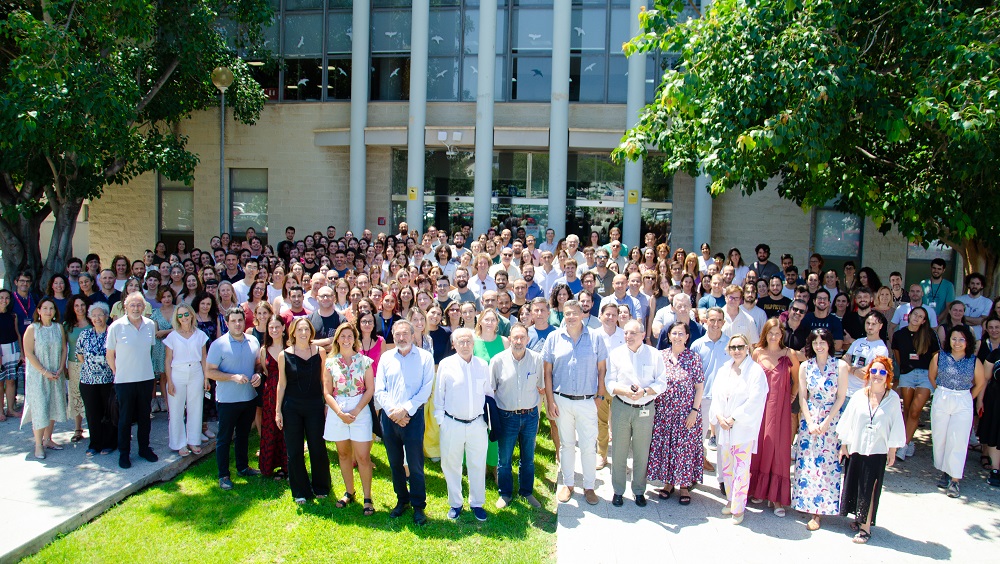
Source: Institute for Neurosciences CSIC-UMH (in.comunicacion@umh.es)

 Español
Español